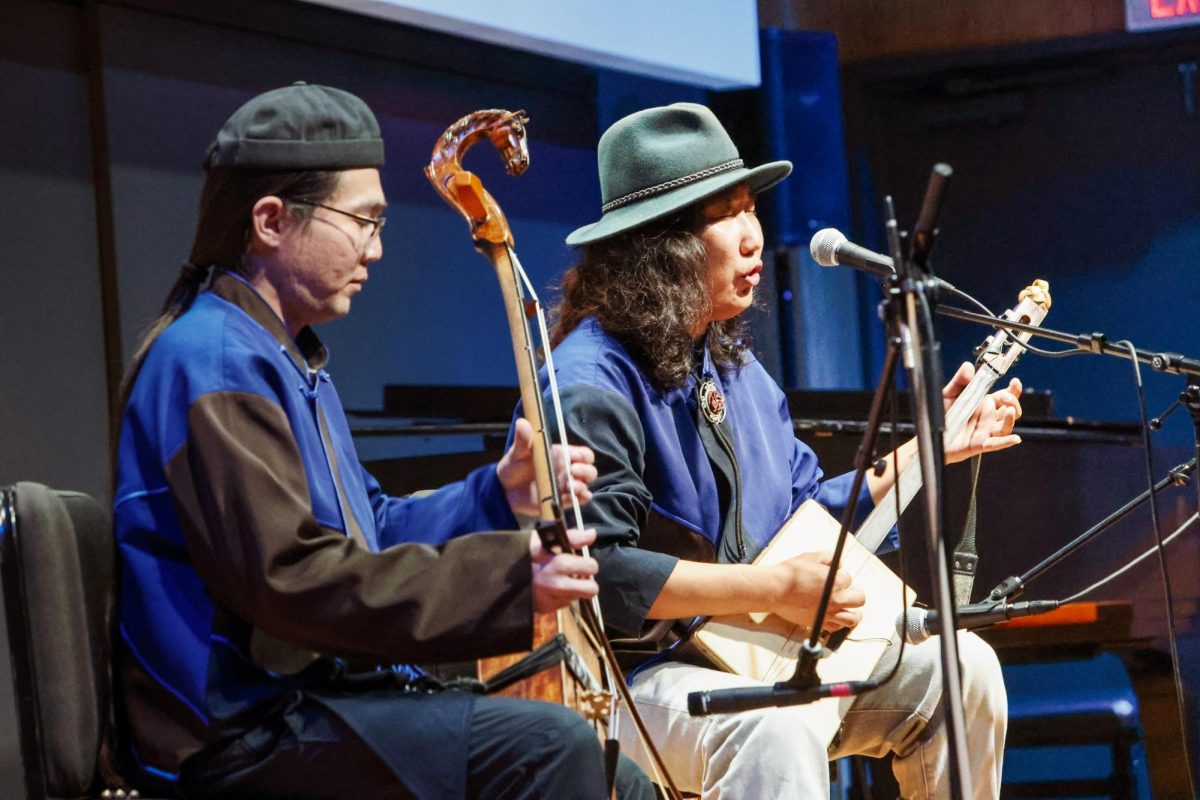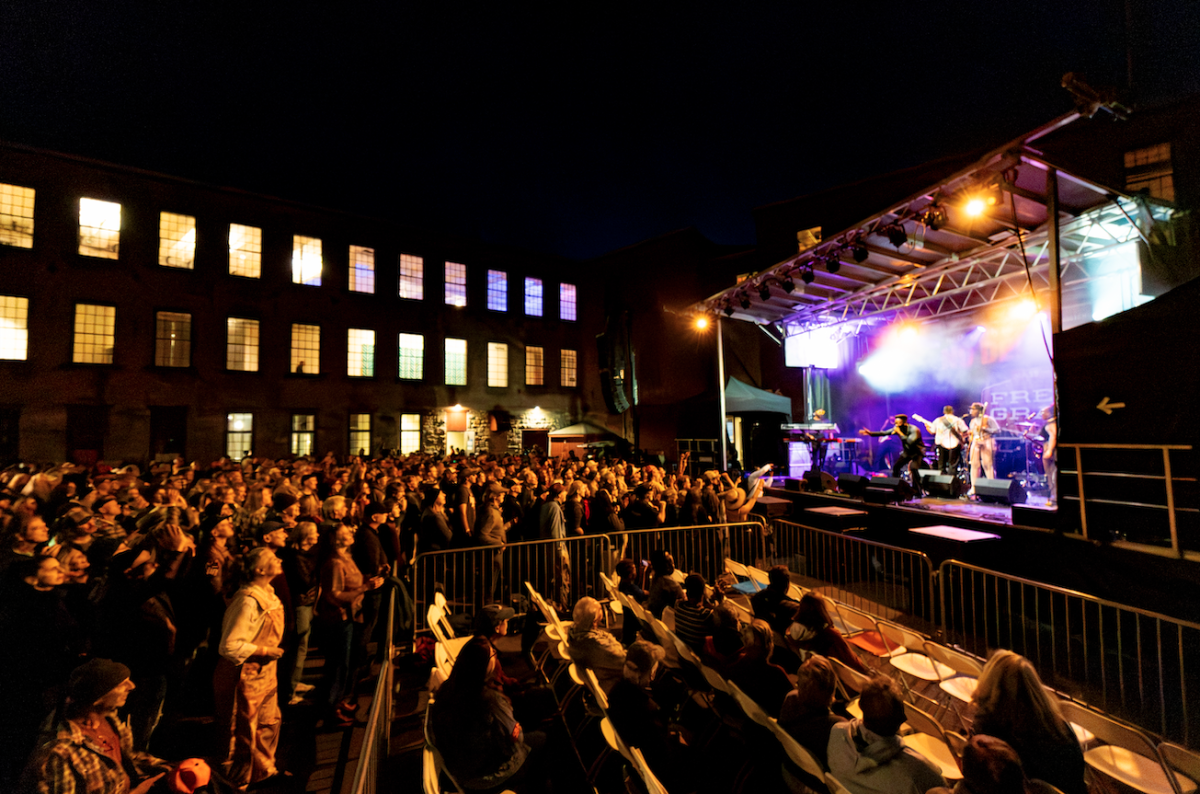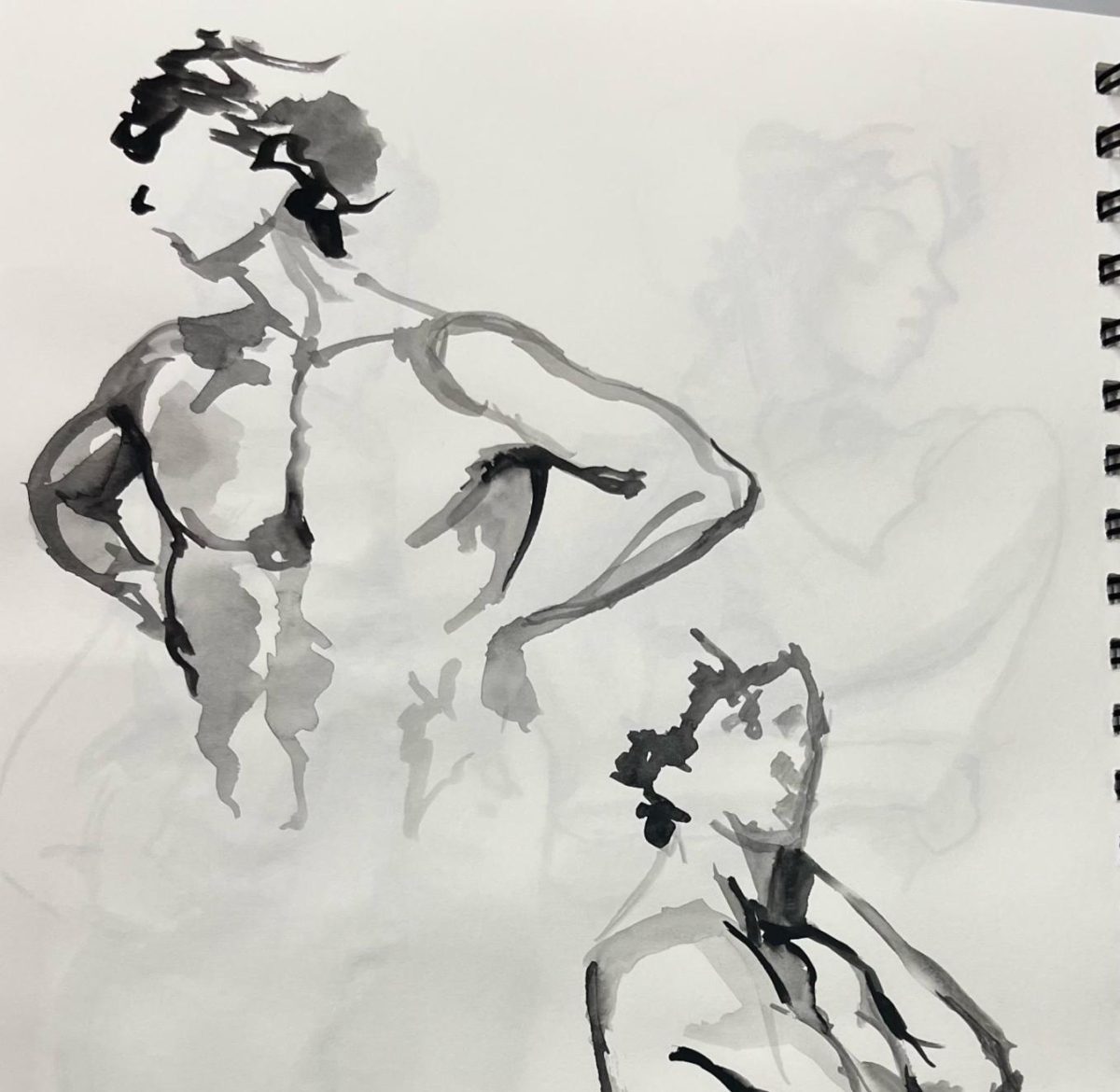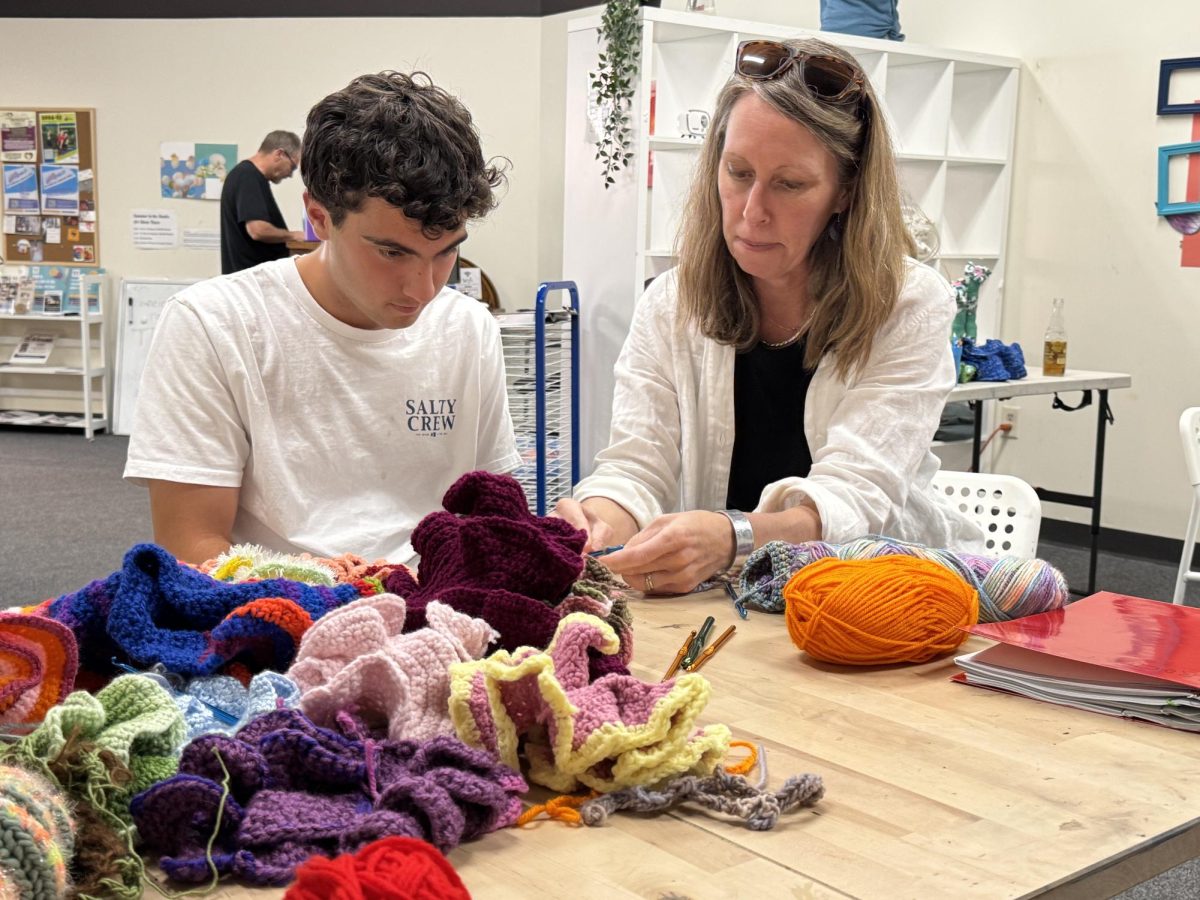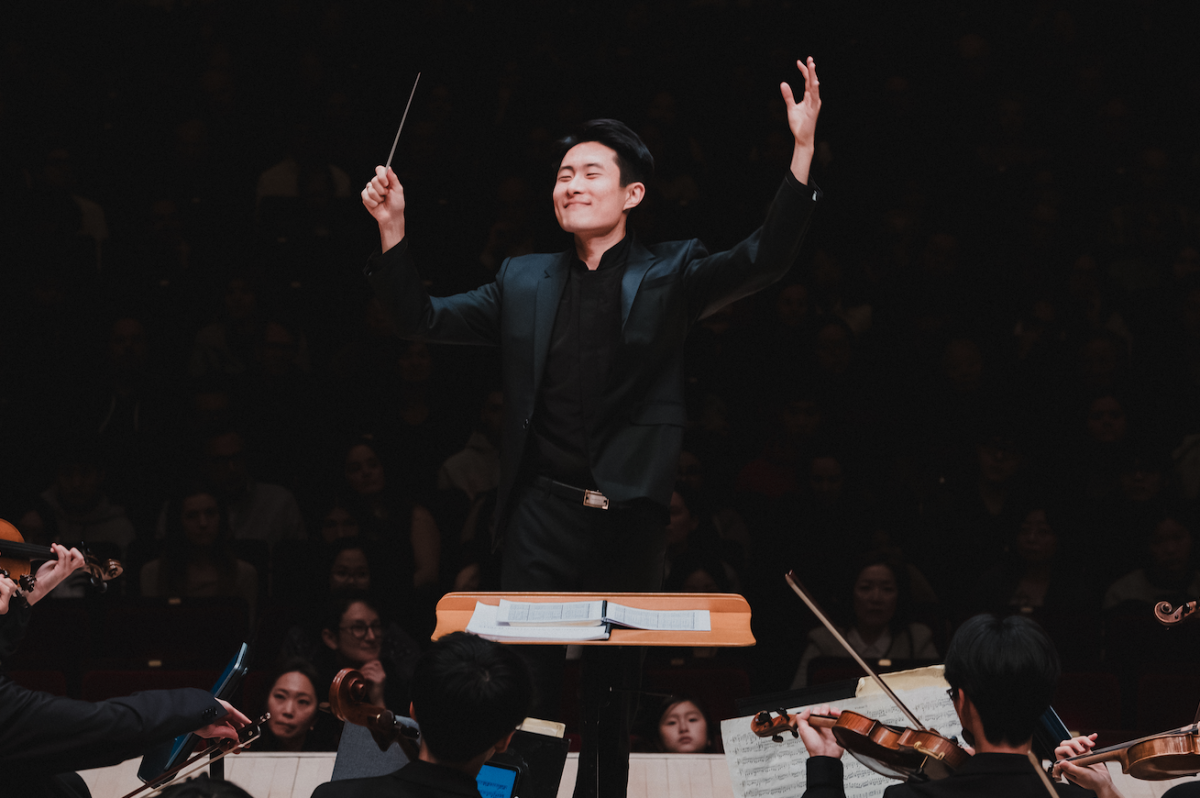
While students were away, the Sterling and Francine Clark Art Institute welcomed a new exhibition called “Arabesque,” which opened Dec. 14, 2019 and will run until March 22, 2020.
The exhibit takes its name from an artistic form consisting of lines that follow a rhythmic pattern of foliage, curves and ornaments — a motif that became popular in the 1800s. The French term “arabesque” is derived from the Italian word “arabesco,” which itself commented on the origins of the art form in Arab architecture and art. According to the Clark’s website, the exhibit “traces the role of this curvilinear decorative motif through a variety of styles and media in European art,” examining how European interpretations of the motif altered a central aspect of Islamic art.
Before even entering the exhibit, you are greeted with an arabesque tiger; he’s lacking claws, but the motif only makes him look fiercer. Located near the back of the exhibition, the tiger is part of a color lithograph by Paul-Elie Ranson called “Tiger in the Jungle” (1893). His golden exterior finds harmony with the exhibit’s shades of blue.
Once inside, visitors encounter a note about the exhibit that acknowledges the heavy Orientalism that many — including myself — were curious about and hesitant to praise. The note reads, “As history has shown, there are often issues of misunderstanding when one culture borrows the imagery and ideas of another.” It encourages visitors, however, to “consider both the works on display and the contexts of their creation,” as they walk through the exhibition.
The exhibition focuses on three aspects of the arabesque motif: in art, in literature and in design.
The venue itself is small, but the exhibition has made the small space work to its advantage. There is only one room inside the exhibit that demonstrates the motif used in European design. The entrance to the room requires going through one of many arabesque door frames. The room then uses a dark solid blue to highlight the tones of red and orange that much of the artwork contains. From furnishing fabric to vases to chairs, the room showcases the many different ways that European artists exploited the arabesque motif.
One such artist is Owen Jones, whose arabesque designs in the 1850s were “the sourcebook for European theorists and practitioners.” The exhibition does note, however, that while Jones may have made the design a common practice, his patterns — along with many others — were “removed from their historical and architectural contexts” and lost much of their original meanings, which were frequently rooted in spiritual beliefs.
Outside the blue room are several posters showing women drawn in the arabesque fashion. Many of these posters were advertisements that used the arabesque motif to attract customers. One such poster, “La Dépêche de Toulouse” (1892) by Maurice Denis, depicts a woman drawn in an arabesque style holding a newspaper. Unlike the others, this poster was based on an old advertisement and was drawn to fit the motif.
The arabesque motif was also found to be tucked away in the title pages and borders of books. A notable figure highlighted in the exhibit was Pierre Bonnard, whose artwork was found in the pages of a music theory book for children. In the book, Bonnard draws bells and singing children, among other images, in arabesque, exhibiting very subtle artwork despite its placement in a children’s book.
The exhibition is full of artwork that delves into the many ways that arabesques changed from being small and easily replicated patterns to being larger, more intricate and foundational to the artwork containing it.
While the exhibition doesn’t delve into all the ways that many of the artists have taken something once sacred and changed it into something different, it does allow the viewer to ponder those concerns. With these thoughts in the back of their minds, the artwork becomes part of a larger conversation on Orientalism rather than a simple viewing party of pretty patterns. “Arabesque” becomes an exhibition that is both beautiful and thought-provoking.




